Sterling dives broadly after BoE rate decision. CPI is now projected to fall back to below 2% target in the medium term, based on conditioned forecasts with interst rate peaking at 4.50% in mid-2023. That is, with Bank Rate at 4.00% after today’s 50bps hike, BoE is now close to the end of the tightening cycle.
GBP/CHF ‘s fall from 1.1433 accelerates lower after the announcement. At this point, such decline is still viewed as the fifith leg of the triangle pattern from 1.1574, Hence, while breach of 1.1094 couldn’t be ruled out, strong support should be seen at 1.1045 cluster (38.2% retracement of 1.0183 to 1.1574 at 1.1043) to contain downside and bring rebound.
However, decisive break of 1.1043/5 will argue that priace actions from 1.1574 are indeed a triple top reversal pattern. Deeper decline would then be seen to 61.8% retracement at 1.0714 and below.




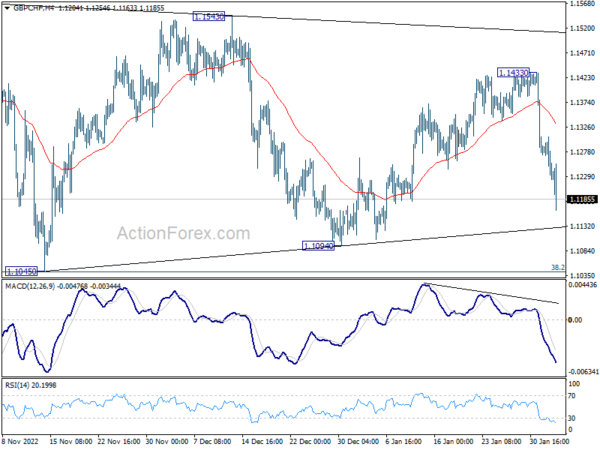
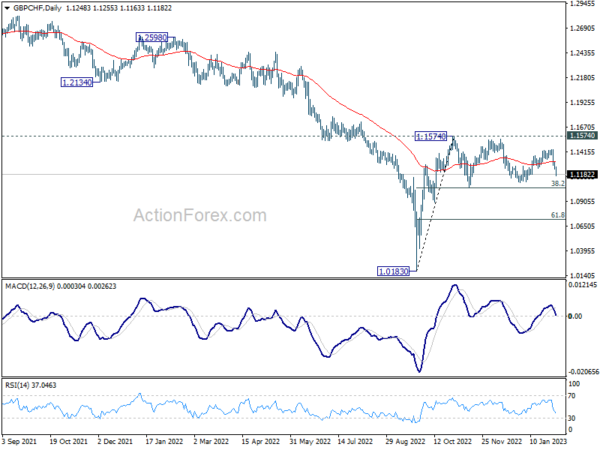

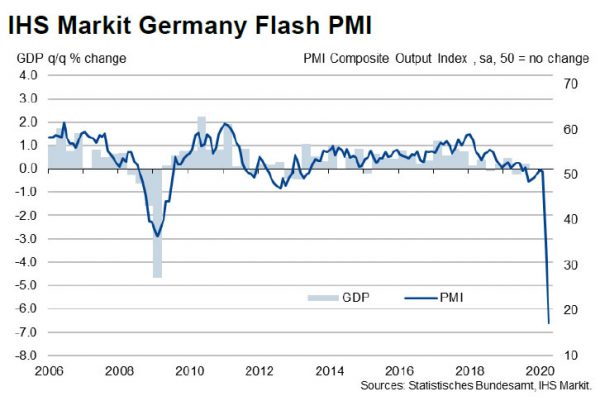
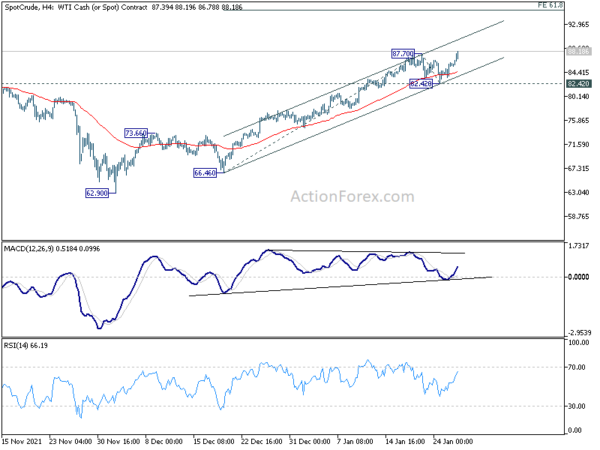
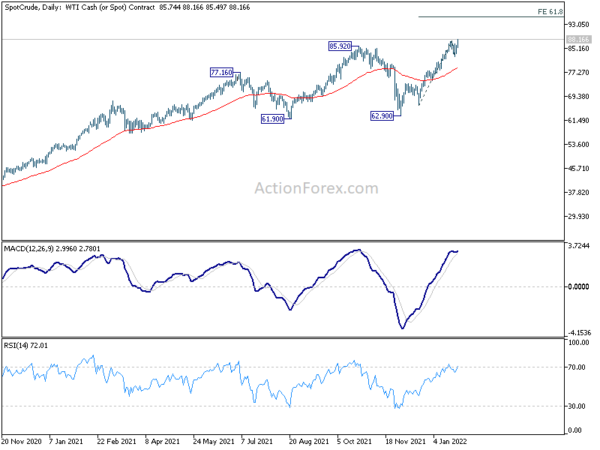
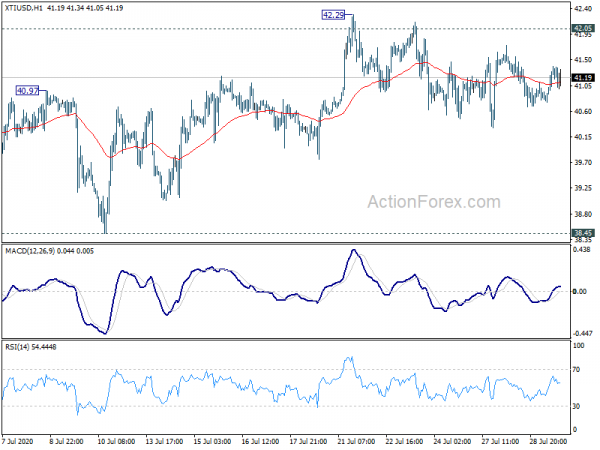
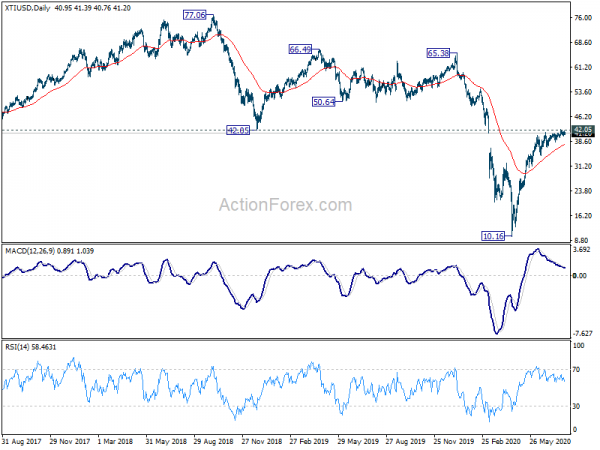

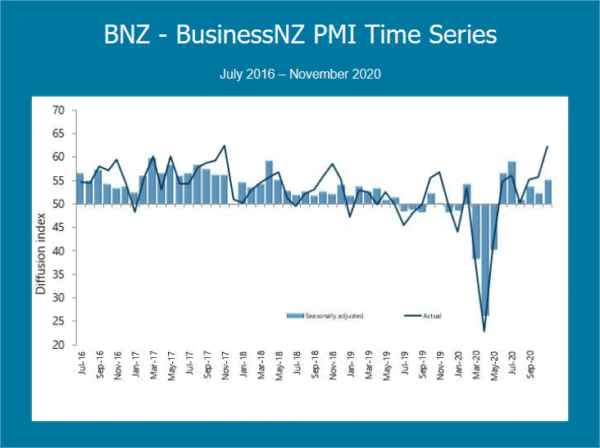
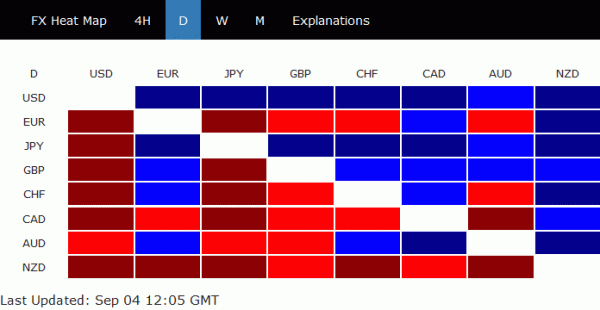
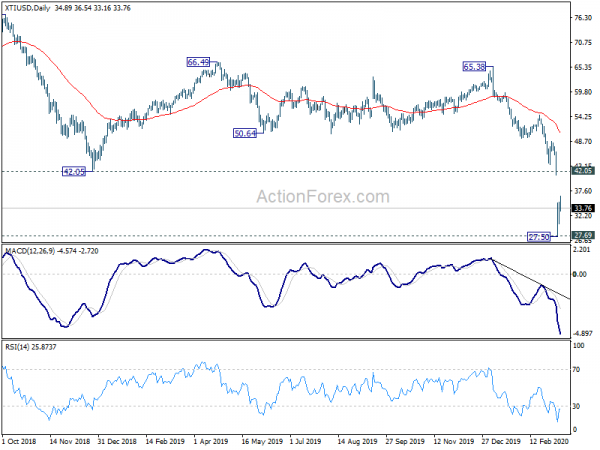
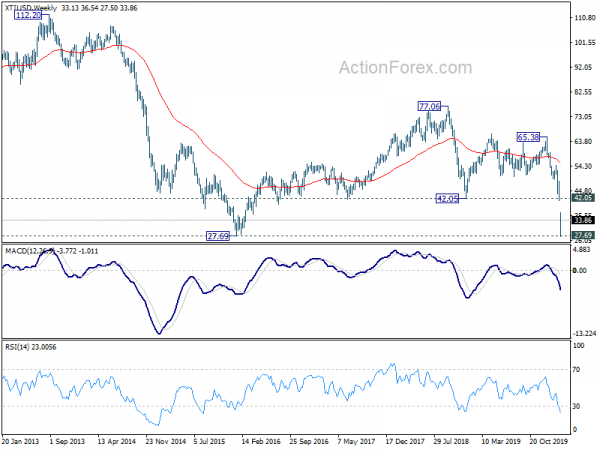
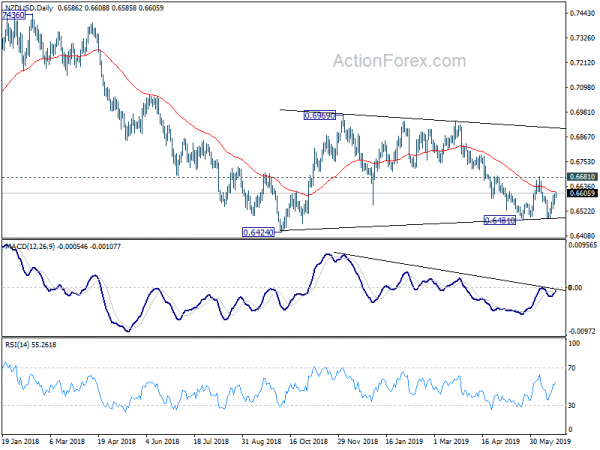
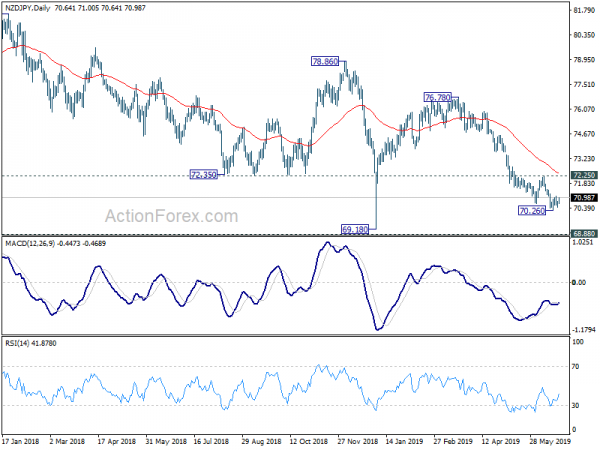
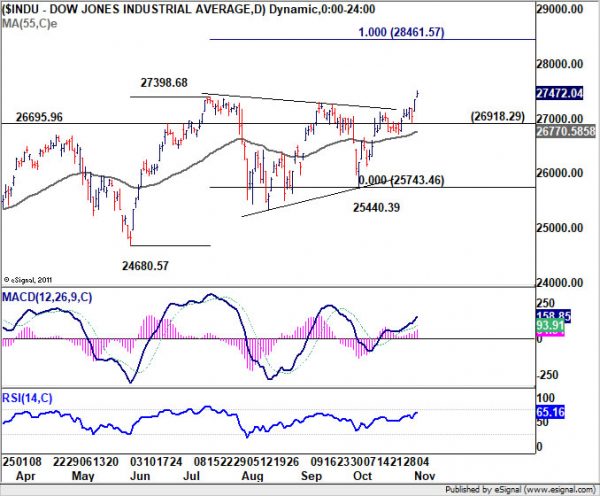
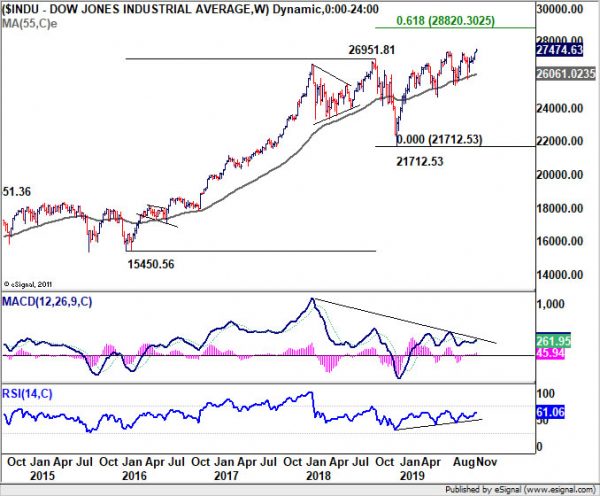
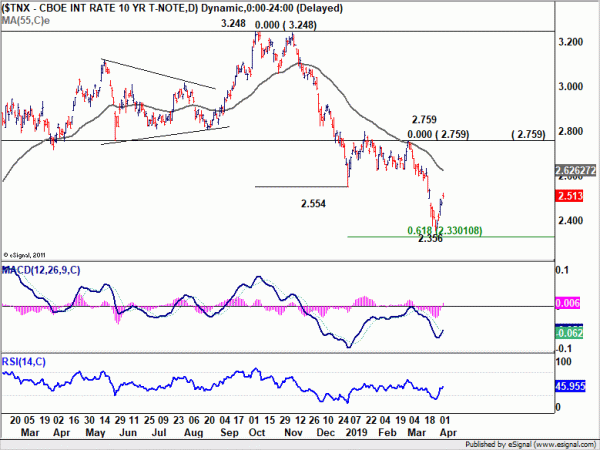
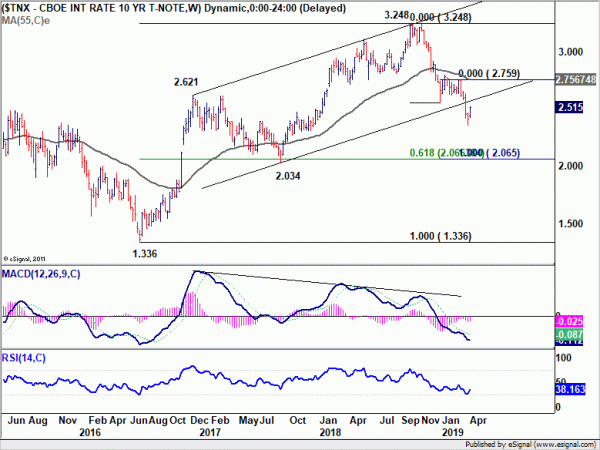

New Zealand ANZ Business Confidence rose to -41.8, recovery going to be a long haul
New Zealand ANZ Business Confidence improved to -41.8 in May, up from May’s prelim reading of -45.6, and April’s -66.6. All industry stayed negative, worst in Agriculture at -82.1. Activity Outlook improved to -38.7, up from May’s prelim reading of -42.0, and April’s -55.1. Retail activity was worst at -45.3. Also, with the Activity Outlook stayed well below 2008.09 lows, and would “need to rise another 17 points just to reach its lows from the 2009 recession”.
ANZ also noted, “it’s a long way back to normality” while “the recession is just starting to make itself felt”. The economy needs to “reshape to face to the new reality”, in particular, the loss of international tourists “completely for now, but likely still at a hugely significant scale for years”. “Fiscal and monetary policy are doing what they can to cushion the blow and sow the seeds of recovery, but it’s going to be a long haul.”
Full release here.